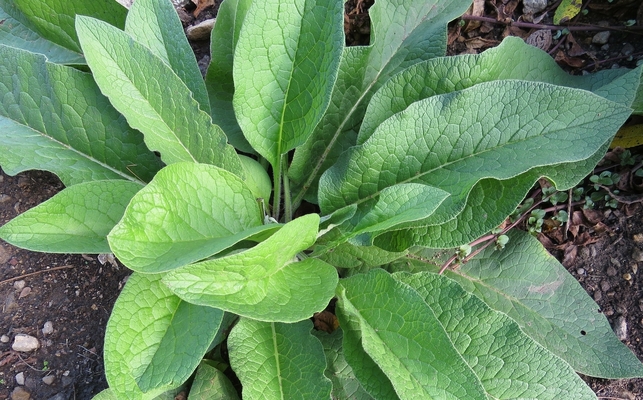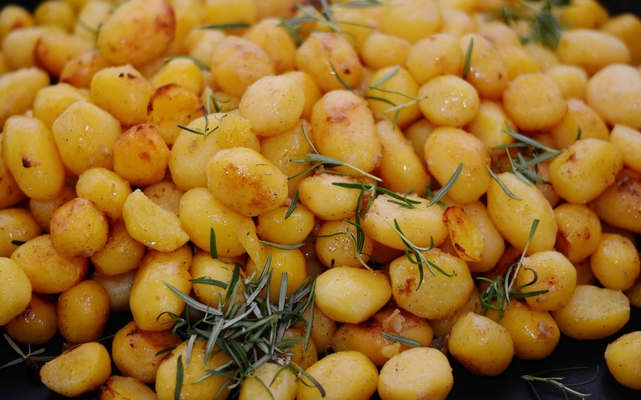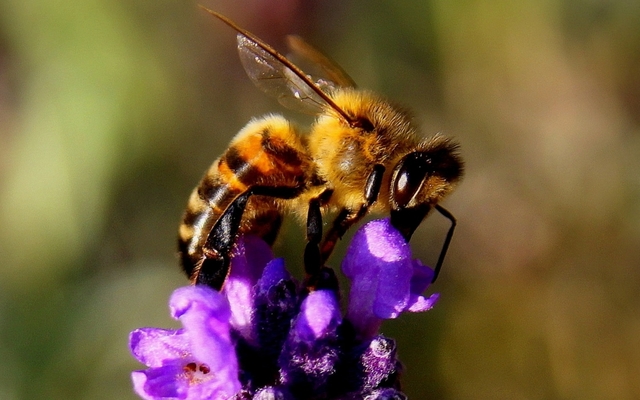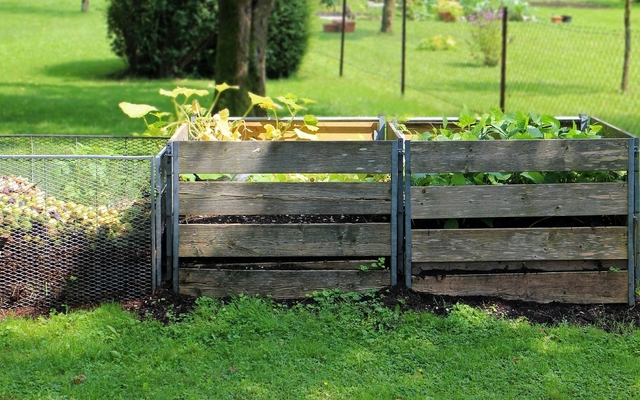Growing and Using Comfrey
A great organic idea for your veggie garden!
One of the most popular plants to grow in an organic vegetable garden is the Russian Variety of Comfrey specifically Bocking 14.
This type of Comfrey is smaller than Common Comfrey, about two feet by two feet, and has sterile seeds so it's not invasive. Bocking 14 must be produced by root cuttings or crown divisions.
What is Russian Comfrey?
Russian Comfrey is an easy-to-grow perennial in Zones 4 through 9. It is a member of the Borage family of plants. Comfrey will shoot up quickly in early spring with its violet, pink and yellow bell-shaped flowers.
Comfrey is often grown for its sheer beauty, but there are several beneficial reasons for growing this great plant in your garden.


The Many Uses of Comfrey
As a Fertilizer
Comfrey leaves contain high levels of potash and reasonable levels of nitrogen and phosphorus as well as smaller amounts of iron, calcium, and magnesium. Its concentration of nutrients actually outperforms manure, compost, and many liquid feeds.
To use Comfrey as a fertilizer, you can place chopped Comfrey right on the soil or till them in.
As a Liquid Fertilizer
Comfrey can be used to create a liquid fertilizer to use on your plants. Just steep some chopped Comfrey leaves in water and weigh them down. Five pounds of Comfrey per seven gallons of water will do the trick.
Let the solution sit for four to six weeks. The solution will end up being dark and thick and it can be diluted into a 12 to 1 ratio of water to the Comfrey solution for a great liquid plant feed.
As a Soil Conditioner
The roots of Comfrey will penetrate deep into the subsoil to access nutrients that are beyond the reach of most shallow-rooted plants. Comfrey roots will also break up compacted soil.

For Vegetables
For an increased yield in your potato harvest, place the first flush of Comfrey leaves in the trenches where the potatoes are growing to provide the tubers with nutrients.
The high potassium content of Comfrey makes it especially beneficial for vegetables such as tomatoes, cucumbers or peppers as well as fruit trees. Potassium is great for increasing flower and fruit production.
As a Mulch
When Comfrey is used as a mulch, it has a great advantage over using leaves or straw which can actually pull nitrogen from the soil.
While Comfrey used as mulch is beneficial to tomatoes, peppers, and cucumbers, using it to mulch root crops of leafy greens is not recommended as it may encourage them to go to seed prematurely.

For Attracting Pollinators
Those beautiful flowers of Comfrey will attract pollinators to your garden in early summer. Bees especially love the Comfrey flowers.
For Seedlings
When planting seedlings in the garden, add fresh cut-up Comfrey leaves to the planting hole. The leaves will break down and quickly add nutrients right at the root level.

In the Compost Pile
Comfrey leaves are known to be a compost activator. The addition of Comfrey in the compost pile will speed up the decomposition of other compost materials. The added nitrogen from the leaves will result in increased microbial decomposition.
Plant some Comfrey near the compost area and add a leaf whenever adding to the pile.
Planting Comfrey
Plant Comfrey in cool areas in the spring; in warmer areas plant in the wet season. Comfrey grows well in nearly every soil, but it performs best when given extra moisture. Part sun to full sun will allow it to bloom well.
Using Comfrey Leaves
You can cut Comfrey leaves all throughout the growing season and the existing branches will quickly replace them with a fresh flush of foliage to use gain. Because Comfrey grows so fast, it is a great source of greens for your compost all season long and into the fall.
Harvesting Comfrey Leaves
Comfrey leaves are best harvested when they are cut before the plant blooms. It is advisable to wear gloves when harvesting the leaves as the hairs on the stems can irritate the skin. If your plant is new, don't harvest for the first year to let the roots get established.
For the first cutting of the leaves, do this when the plant is about two feet tall and cut the plant back to within a few inches of the crown. Just know that if you begin harvesting that early, you will not get flowers later that season.
Make More of a Good Thing!
Root Cuttings
Root cuttings of Comfrey are very easy to do. The best time for dividing Comfrey is in the spring, but it's a tough plant and you could divide it any time of the year. Cut pieces of the root 3-5” long and just lay it across a prepared garden site. Bury it 2-3” deep. Keep moist until the first leaves appear.
Crown Division
The crown of Comfrey can be divided into as many pieces as you care to make. Plant the separate clumps just below the soil surface and keep it most until the leaves appear.
~~~~~~~~~~
There are so many good reasons to grow Comfrey, and that is why it is becoming a staple in organic vegetable gardens.
~~~~~~~~~~
Harden Off Seedlings
Why You Need a Hori Hori Knife
Growing Milkweed for the Monarch Butterflies
Potting Soil - Making Your Own
Refreshing Last Year's Potting Soil













No comments:
Post a Comment
Note: Only a member of this blog may post a comment.